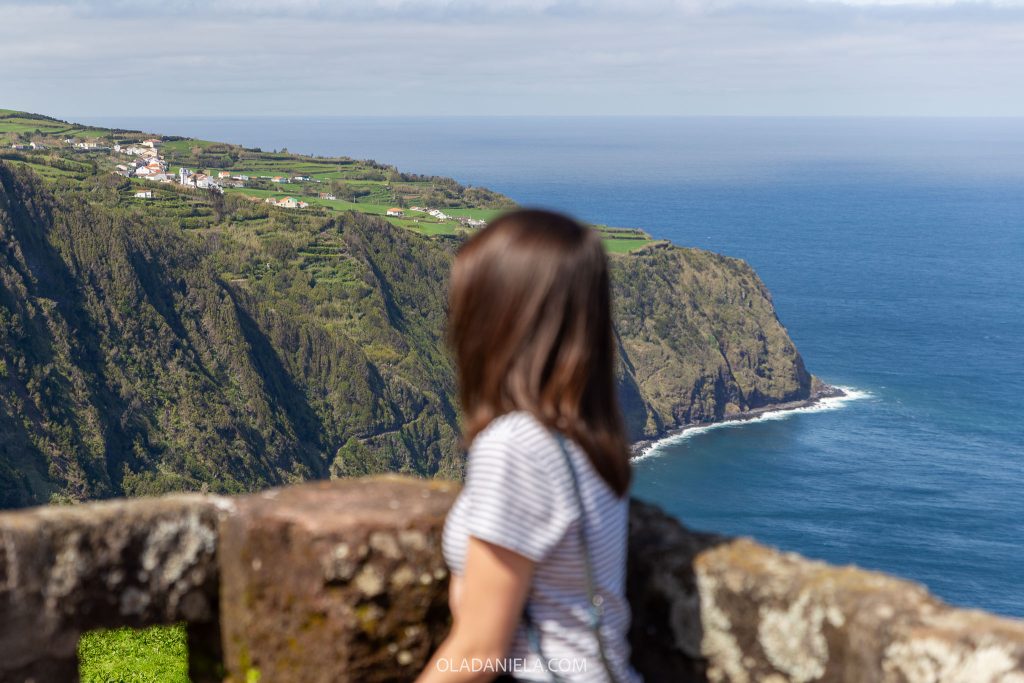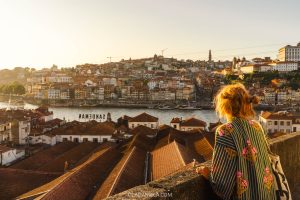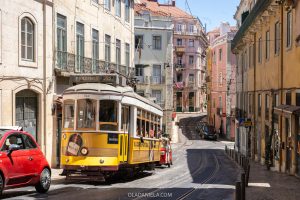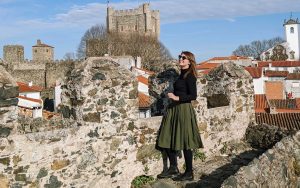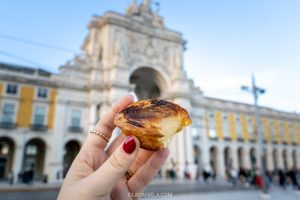Set adrift in the North Atlantic, the nine volcanic islands of the Azores offer a mix of raw beauty and quiet charm. Life here moves at an unhurried pace and adventure here means hiking lush trails, spotting whales offshore, and tasting wines shaped by volcanic soil and the sea.
The islands are surprisingly easy to reach, and you can hop between these nine small worlds – where sometimes it feels like there are more cows than people – with ferries and small planes.
Here I’ll answer some common questions about the Azores and then dive into the character of each island, what you’ll find there, and how many days to spend on each.
Contents
ToggleWhat you need to know about the 9 islands of the Azores
First, some facts. The nine islands of the Azores are an autonomous region of Portugal, which mostly means they have their own government and different taxes. The islands are located in the mid-Atlantic and are divided into three groups: eastern, central and western.
The eastern group includes São Miguel and Santa Maria; the central group is made up of Terceira, Graciosa, São Jorge, Pico, and Faial; and the islands of the far-flung western group are Flores and Corvo.
Portuguese navigators first discovered Santa Maria Island back in 1427, and settlers from mainland Portugal arrived on the uninhabited islands around 1439. For the past (almost) 600 years, these sub-tropical islands have been Portuguese territory, and the locals speak European Portuguese, with each island having its own slightly different accent.

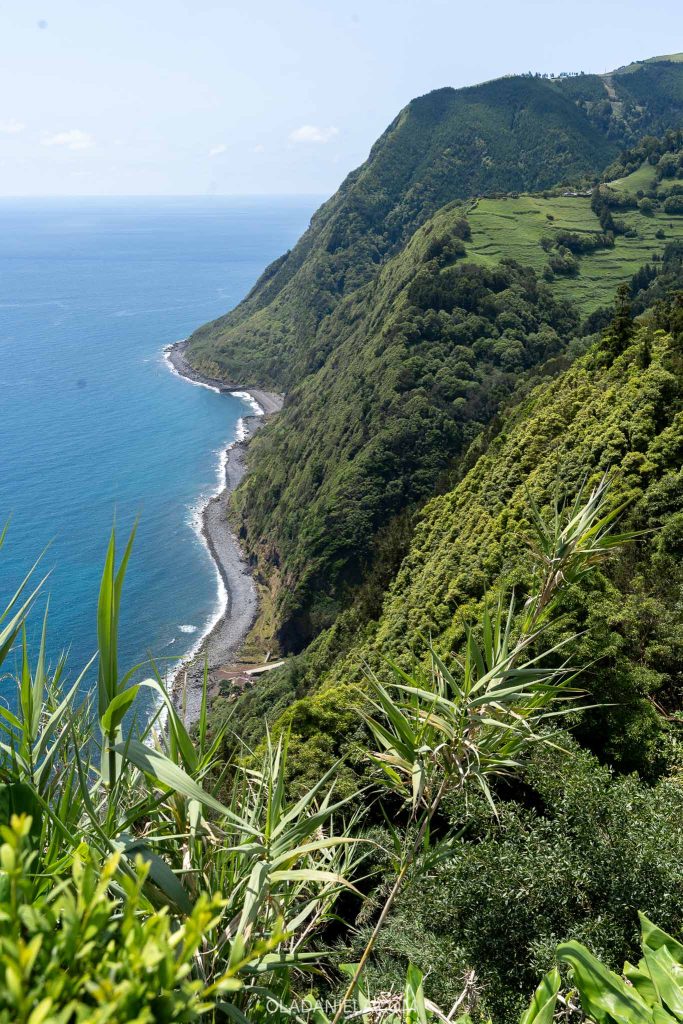
Where are the Azores located?
They’re in the middle of the Atlantic Ocean, about 1,500 km (900 miles) west of Lisbon – the perfect halfway point between Europe and North America. Technically, the nine islands are part of Portugal, but geographically they’re a world apart – like a Portuguese Hawaii with cows.
Don’t confuse the Azores for the Canary Islands or Madeira – those two archipelagos are much further south and closer to Africa.
How do you get to the Azores?
You fly. Direct flights take off from Lisbon and Porto daily, usually landing on São Miguel or Terceira, two larger islands. There are also direct flights from the UK and other parts of Europe, such as Denmark, the Czech Republic, Germany and Spain. If you’re coming from North America, seasonal direct flights leave from cities like Boston, Toronto, Montreal and New York.
The Azores has its own airline – SATA – which runs international and inter-island flights. From Portugal, budget airline Ryanair and national carrier TAP fly to the islands – but on my last island-hopping trip, I noticed SATA had the best deal when booking direct. Price-wise, it meant the inter-island flight was practically free, plus it included luggage, so scout around.
Another flight tip is – if you’re flying from North America to mainland Portugal, you might be able to snag a free stopover in the Azores.
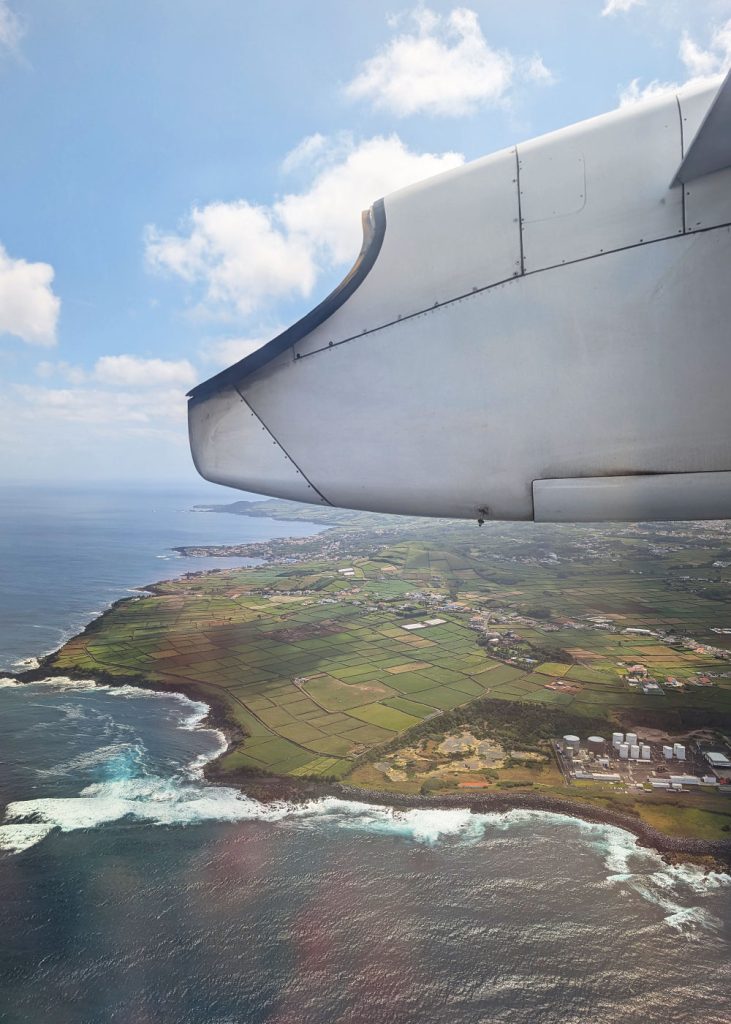

Read next… 4-day itinerary for São Miguel Island, Azores
How do you get around the Azores and between islands?
Once you land on an island, you’ll want a rental car. Public transport is limited and not built for sightseeing, and renting a car gives you the freedom to chase viewpoints, visit crater lakes, and get stuck in cow traffic jams. If you can’t drive, the larger islands have great options for guided small-group day tours.
To get between islands, pay attention to the three island groups. The primary way to travel between the islands is with a local SATA flight, but seasonal ferries also run between the five central islands, and one connects the two western islands of Flores and Corvo.
What is the best time to visit the Azores?
May to October is prime Azores season – the best time for warm(ish) weather, lush landscapes and minimal rain. July and August are the busiest (and priciest), but they’re also packed with festivals, blooming hydrangeas and more chance of sunshine.
Spring (May-June) is ideal if you want to avoid summer crowds, and winter is quieter, cooler and moodier. In the off-season, it’s harder to island hop as some ferry services stop – but the hot springs hit differently in the cool weather!
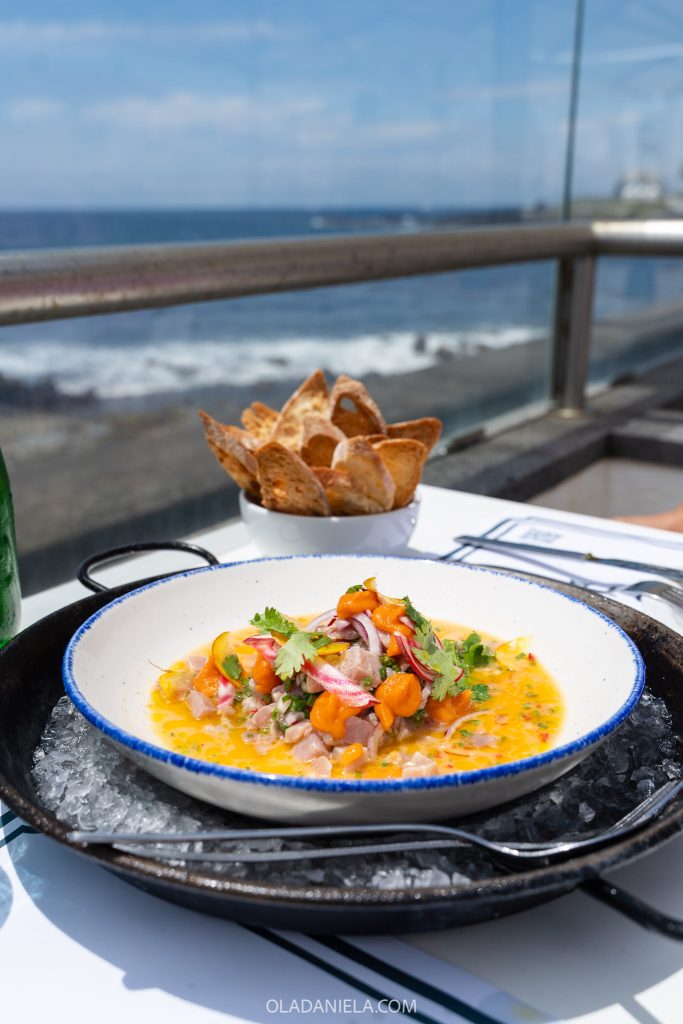
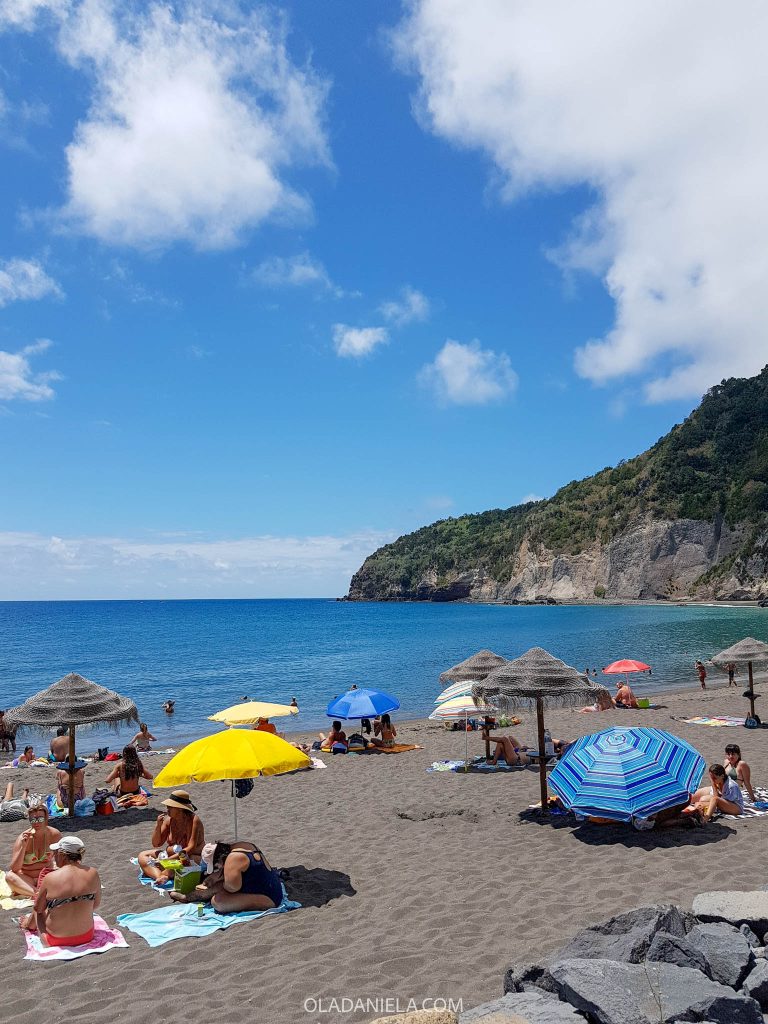
Which is the best island to visit in the Azores?
It depends on what you’re into. São Miguel is the easiest to reach, the largest and the most popular. It offers hot springs, crater lakes and enough ‘wow’ moments to fill your camera roll. For mountain and wine lovers, visit Pico, where you can climb Portugal’s highest peak and drink volcanic vinho. Each island offers something different, so there’s no wrong choice. I’ll dive into each character just below.
Suggested multi-island Azores itineraries:
- For first-timers, I’d start with São Miguel and maybe pair it with one or two other Azorean islands like Terceira or Santa Maria.
- Hop the central triangle – the most popular island-hopping route is in the central group, where you can fly to Terceira, then take ferries between Pico, São Jorge and Faial with ease.
- If you visit the far-flung Flores, you can take a day trip to Corvo.
Is it expensive to travel in the Azores?
Surprisingly, no – at least not compared to most island destinations. On my last trip in June 2025 (semi-peak season), we paid €75-€150 a night for accommodation and about €140 for a 4-day car rental. Flights from Lisbon to São Miguel, then Terceira and back to Lisbon were €250ish all up.
Once you’re there, food and activities are pretty reasonable. The Azores has different tax rates, meaning food prices and fuel are often comparable to mainland Portugal – sometimes even cheaper.
If you want to save more, travel outside summer months and book early. You’ll still get the epic views, just with fewer people and more affordable rates. Island paradise without the island price tag.
The 9 Islands of the Azores
Let’s take a look at the unique character of each island, the local population, and how to get there.
São Miguel – the biggest island
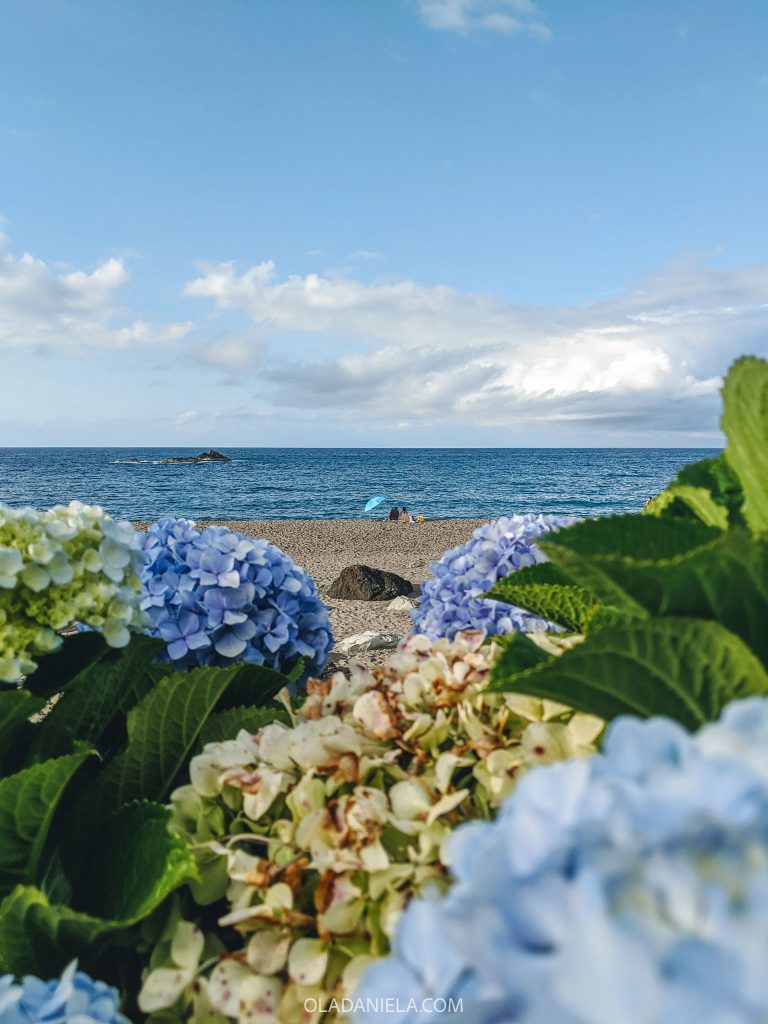

📍 Location & population: Eastern group – largest island in the Azores, around 140,000 people
🏙️ Main city: Ponta Delgada (the regional capital)
✨ Vibe: Accessible, adventurous and surprisingly diverse
🏆 Best for: First-timers, hikers, hot springs, road trippers, lush nature
🗓️ Days: 5 days or more
✈️ Access: Easy – direct flights from Europe and North America
São Miguel is an amazing introduction to the Azores. Most people start here – it’s the biggest island and easy to reach with direct flights. But most importantly, it’s packed with some of the Azores’ greatest hits. Think dramatic crater lakes like Sete Cidades, steaming hot springs in Furnas, black sand beaches, waterfall and coastal hikes, and beautiful tea plantations.
You could easily spend five action-packed days exploring the lush, photogenic landscape without getting bored. Despite being the biggest island, nothing is ever more than 30-60 minutes away.
Read next… Where to eat on São Miguel Island, Azores
Santa Maria – the tiny island
📍 Location & population: Eastern group – southernmost island, ~5,500 people
🏙️ Main town: Vila do Porto
✨ Vibe: Sunny, quiet and a bit off the radar
🏆 Best for: Sunny, quiet escapes and geology geeks
🗓️ Days: 2-3 days
✈️ Access: Medium – direct flights from São Miguel (short hop)
Santa Maria is the Azores’ sunny island. It’s the warmest and driest, with golden sandy beaches (rather than black volcanic sand), and a mellow, slower pace of life. It was the first island discovered by the Portuguese, and geologically it’s the oldest island.
Visit the white sand beach at Praia Formosa, the red desert-like Barreiro da Faneca, and explore little villages. Santa Maria is off the beaten path, so it’s a spot to slow down and avoid the crowds.
Terceira – the patchwork island


📍 Location & population: Central group – third-largest island with 56,000 people
🏙️ Main city: Angra do Heroísmo (UNESCO World Heritage Site)
✨ Vibe: Laidback, historic and festive with unique traditions
🏆 Best for: History lovers and relaxed road trips
🗓️ Days: 3-4 days
✈️ Access: Easy – direct flights from Europe and North America
The third-largest Azorean island brings some unique culture to the mix. Terceira is known for its colorful impérios, lively festivals, bull-fighting traditions, deep historic roots, and a meaty dish called alcatra. The island capital, Angra do Heroísmo, is a beautifully preserved UNESCO city with the nickname Little Lisbon, but venture beyond its cobblestone streets and you’ll find volcanic caves like Algar do Carvão, an endless rolling green patchwork of pastures, and dramatic volcanic coastlines and swimming spots.
From Angra, nothing is ever more than 30-40 minutes away by car.
Read next… 3-day itinerary for Terceira Island
Pico – the wine island
📍 Location & population: Central group – around 14,000 people
🏙️ Main town: Madalena
✨ Vibe: Hiking and wine
🏆 Best for: Overnight sunrise hikers, wine enthusiasts, whale watchers
🗓️ Days: 3-5 days
✈️ Access: Medium – direct flights from São Miguel and Terceira; ferry connections between central group
Pico, the mountain island, is instantly recognisable from afar. The second-largest island is the newest, being formed around 300,000 years ago. Pico means peak, and Portugal’s highest mountain – Mount Pico – dominates the landscape. Adventure seekers come to summit the 2,351-metre (7,713 ft) mountain.
But Pico’s volcanic landscape is also all about wine. The island is dotted with UNESCO-listed vineyards growing on lava fields, giving Pico whites a salty, mineral note. Pico is also a top destination for whale-watching, with tours departing from Madalena harbour. Add natural swimming pools and lava tubes for a top island break.
Faial – the sailor’s hangout
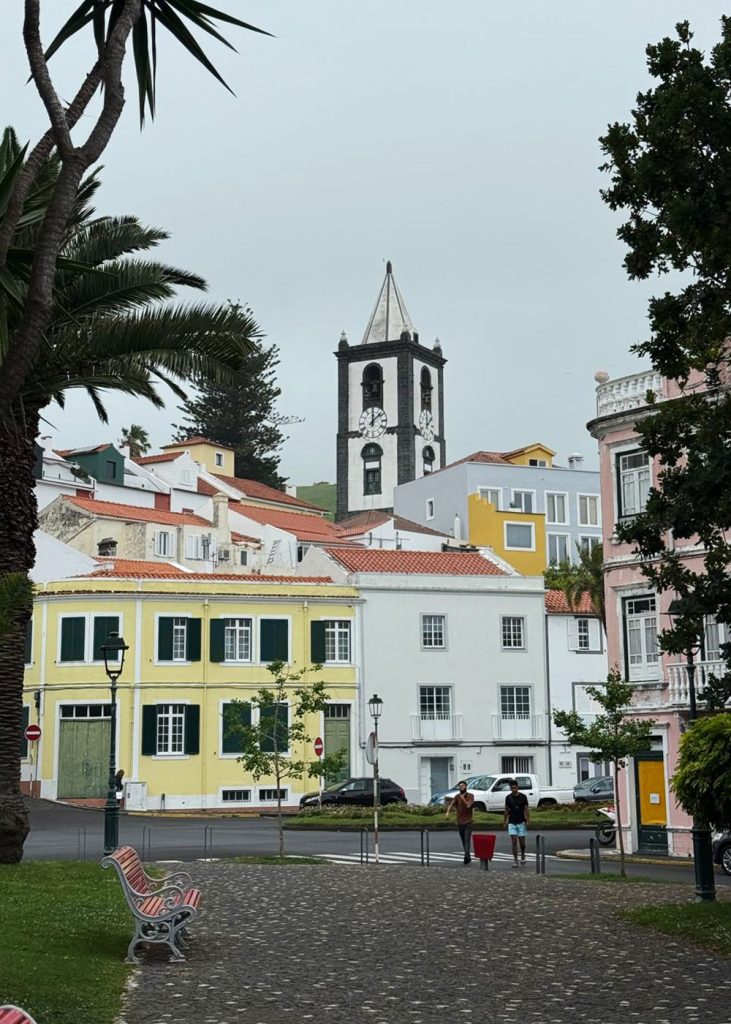

Pictures by Cristina from Choice of Magic
📍 Location & population: Central group – around 15,000 people
🏙️ Main town: Horta
✨ Vibe: Sailors, ahoy!
🏆 Best for: island-hoppers and sailors
🗓️ Days: 2 days
✈️ Access: Flights from São Miguel and Terceira; ferry from Pico
Faial’s main draw? Capelinhos – a surreal, moon-like volcanic landscape. The island gained 3km of land in this 1957 eruption, a reminder that the Azores are alive. In summer the island is covered in hydrangeas, and there’s also a stunning caldera crater hike if you’re up for a bit of altitude. Hang out at Horta’s marina where Peter Café Sport is the spot for sailors and globetrotters, who bring a serious vibe to the small city.
Faial is petite but packed with personality and pairs perfectly with Pico and São Jorge for a central group island-hopping adventure.
São Jorge – the cheese island
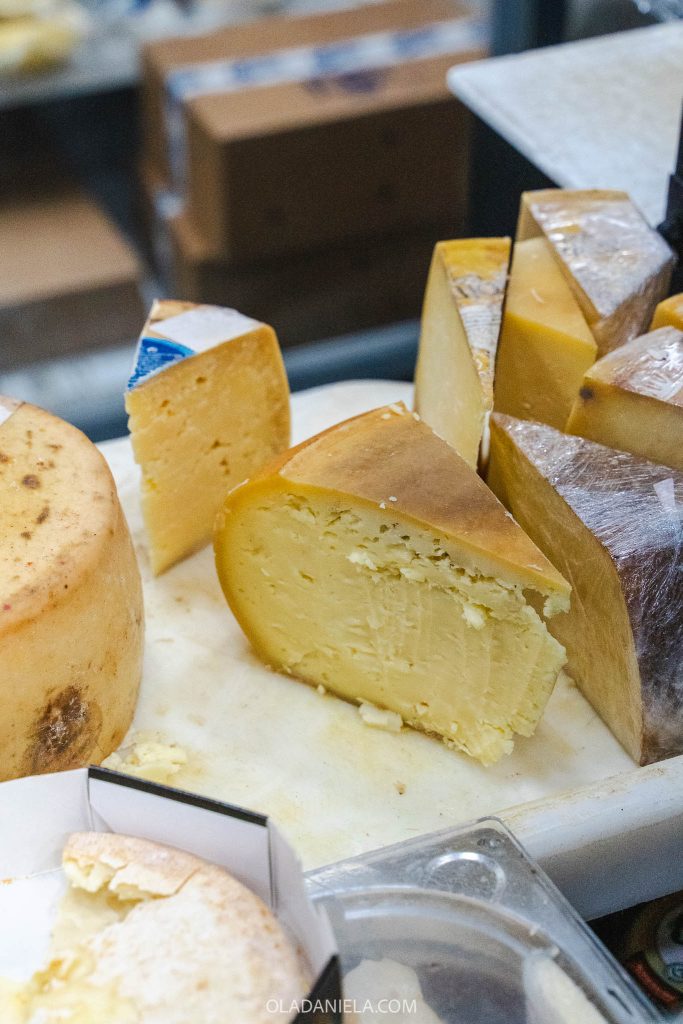
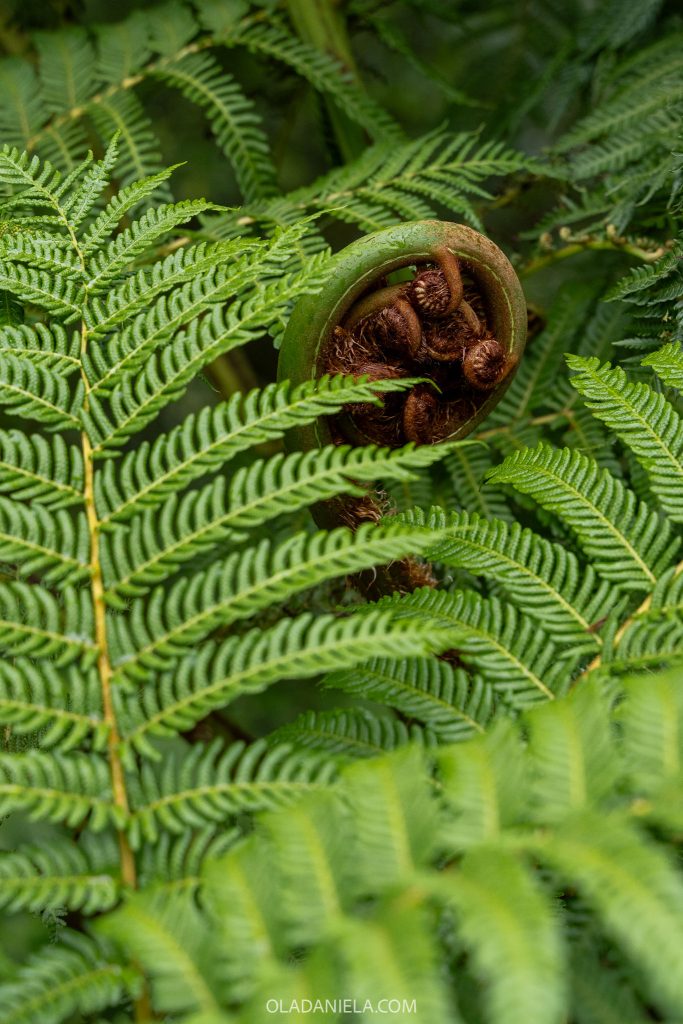
📍 Location & population: Central group – about 9,000 people
🏙️ Main town: Velas
✨ Vibe: Cheese and hiking
🏆 Best for: Nature fans and cheese lovers
🗓️ Days: 3 days
✈️ Access: Medium – Ferry from Pico and Faial; small airport with limited flights
São Jorge is nicknamed the sleeping dragon, as the island is long with a dramatic landscape. It’s famous for its cliffs and fajãs – flat coastal plains formed by landslides or lava flows.
If you’re a cheese lover, São Jorge’s namesake cheese is reason enough to visit. Between raw, untouched green landscapes and waterfalls, happy, happy cows graze on pastures that determine the flavour of the island’s sharp, bitey export.
Graciosa – for dwarf donkeys
📍 Location & population: Central group – smallest in the group, around 4,000 people
🏙️ Main town: Santa Cruz da Graciosa
✨ Vibe: Quiet and a little quirky
🏆 Best for: Slow travellers and geology fans
🗓️ Days: 2 days
✈️ Access: Medium – Small airport with flights from Terceira and São Miguel
Graciosa is the northernmost of the central group of the Azores archipelago and is classified by UNESCO as a World Biosphere Reserve. Here you’ll find whitewashed houses and red Flemish-inspired windmills straight from a fairy tale.
The big draw is the Furna do Enxofre, a massive underground volcanic cave with a sulfur lagoon and an eerie, otherworldly vibe. The other draws for me are donkeys and volcanic wines. Graciosa has a dwarf donkey breed, and you can meet them at the Associação de Criadores do Burro Anão da Ilha da Graciosa.
Flores – the flower island
📍 Location & population: Western group – around 3,800 people
🏙️ Main town: Santa Cruz das Flores
✨ Vibe: Wild waterfalls and remote hikes
🏆 Best for: Nature lovers and hikers
🗓️ Days: 3-4 days
✈️ Access: Medium
Flores might be the most dramatic island in the Azores – a green, mountainous isle bursting with waterfalls, crater lakes, and flowering cliffs that drop straight into the ocean. It’s a UNESCO Biosphere Reserve and you come here to hike, swim in natural pools, chase waterfalls, and soak in the remote stillness.
You’ll want three to four days to see it all and relax, and add an extra day for a day trip by boat to neighbouring Corvo island.
Read my friend Cristina’s guide to Flores on Choice of Magic
Corvo – the remote island
📍 Location & population: Western group – smallest island, around 470 people
🏙️ Main town: Vila do Corvo (the only town)
✨ Vibe: End-of-the-world remote
🏆 Best for: Solitude, day-trippers from Flores
🗓️ Days: 1-2 days
✈️ Access: Hard – small flights or short ferry from Flores (very weather dependent)
Corvo is the quietest, least populated island, and the most off-grid you can get in Portugal. The main attraction is the Caldeirão – a massive volcanic crater that looks like something out of a fantasy novel and is the spot to hike.
There’s not much else here… which is the point. One town, a few friendly locals, cows outnumbering people, and peaceful isolation. Go birdwatching, take gentle walks and breathe out. Most people pop over from Flores for the day, but you could camp or stay overnight.
Extra FAQs about the 9 islands of the Azores
Do you need a car in the Azores?
Yes. Public transport is limited, and many of the best spots are in remote areas. Renting a car gives you the freedom to explore crater lakes, hot springs and tiny villages at your own pace. Without a car, you could join private or small-group day tours, or call taxis.

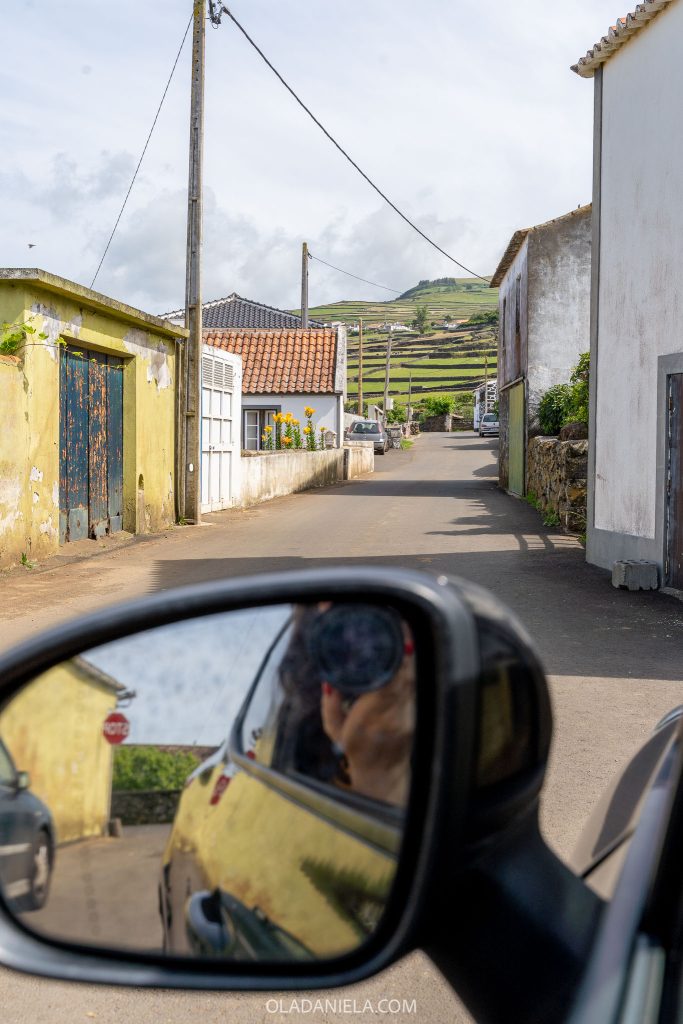
Can you visit multiple islands on the one trip?
Definitely. Many travelers visit 2-3 islands in one trip, especially within the same island group. Ferries and local flights make it doable – just keep weather delays in mind, especially in the western group.
Are the Azores safe for tourists?
Very. The Azores are one of the safest places to travel in Europe. Crime is low, locals are friendly and solo travellers are common. The biggest hazards? Cow traffic jams – take care.
What should I pack for the Azores?
Layers, waterproofs, hiking shoes and a swimsuit – you’ll probably need all four in one day. The weather changes constantly, so think “prepared but casual.” Bring a light jacket even in summer, and don’t forget a power adapter (same as mainland Europe).
Is English spoken in the Azores?
The official language is Portuguese, but English is widely spoken in hotels, restaurants and tourist spots. Many locals speak at least some English, but a few basic phrases in Portuguese go a long way and are always appreciated.
That’s my guide to the 9 volcanic islands of the Azores, what you’ll find there, and how many days to spend on each. Any more questions I should answer? Leave a comment…

